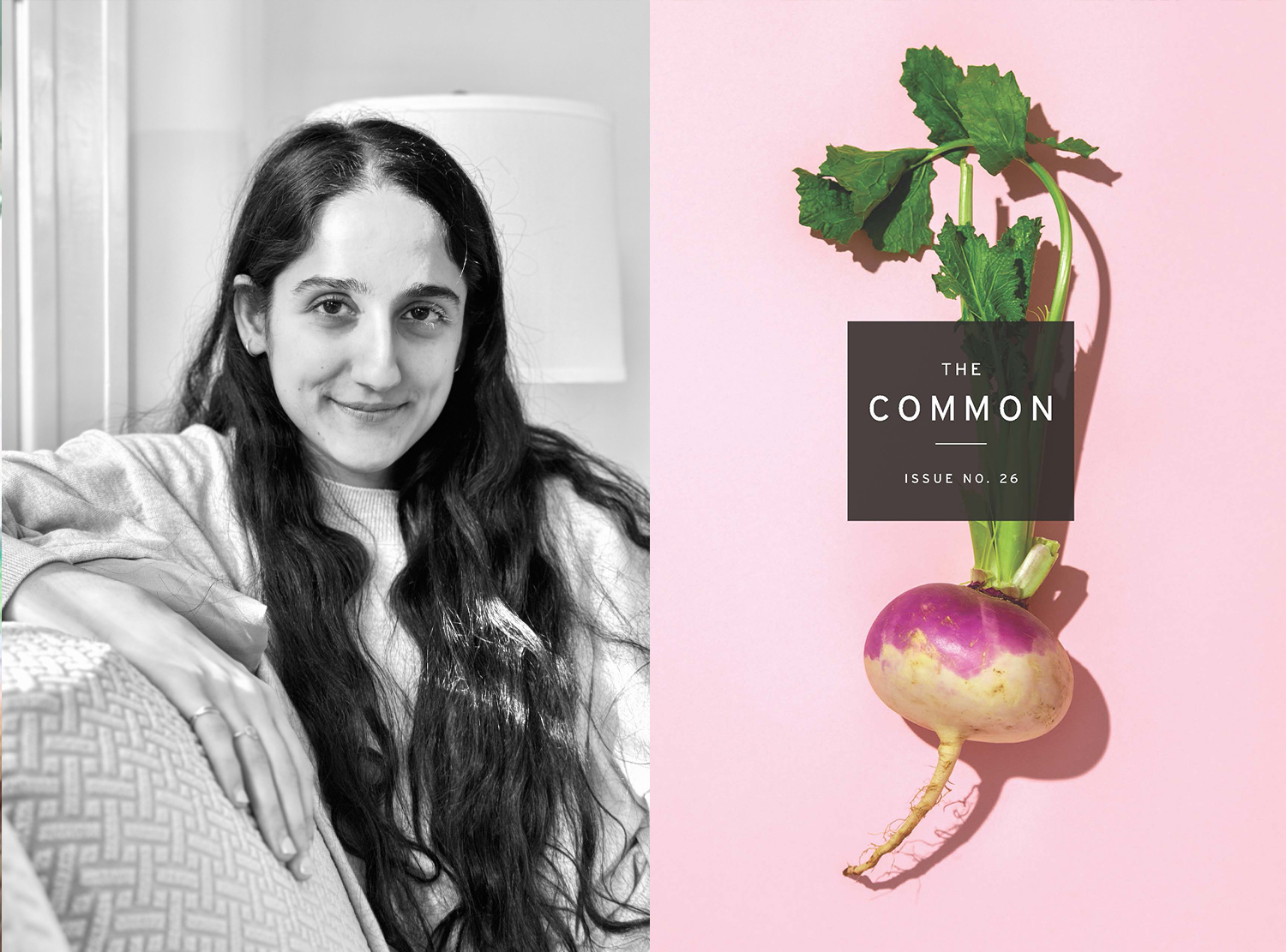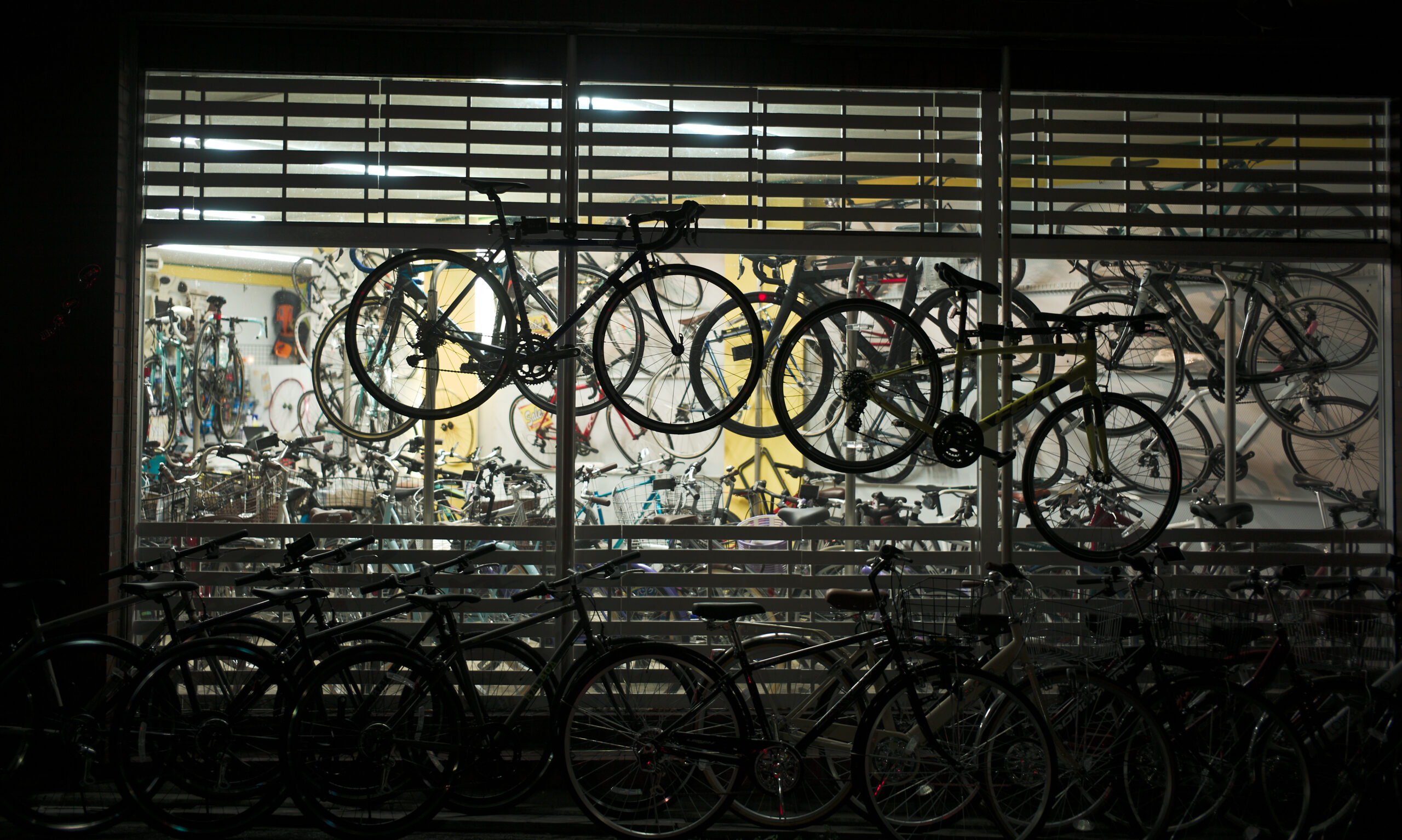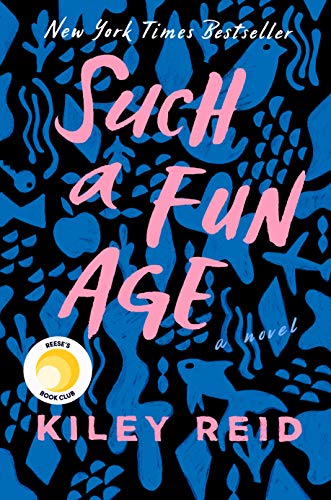NAYEREH DOOSTI interviews JEFF HOLMES

J.M. Holmes was born in Denver and raised in Rhode Island. His literary prizes include the Burnett Howe Prize for fiction at Amherst College, the Henfield Prize for literature, and a Pushcart Prize. His work has appeared in The Paris Review, The White Review, How Journal, the Missouri Review, and Gettysburg Review. His debut book How Are You Going to Save Yourself was published with Little, Brown and Sceptre books in August 2018.
This fall, Nayereh Doosti, an intern with The Common and a fellow winner of Amherst’s Burnett Howe prize for fiction, spoke with Holmes via phone. The two discussed the hybridity of rap and fiction in Holmes’ work, and literature’s power to fight or perpetuate erasure.
Nayereh Doosti (ND): Let’s start with the basics. Can you tell me about writing at Amherst, and what your career path has been like since?
Jeff Holmes (JH): I’m from Rhode Island. I didn’t know that Amherst College existed until I was a senior in high school. At that point I was still hoping that I was going to play professional basketball. [Laughs.] Amherst showed me some interest, athletically, which allowed me to get the attention and financial aid that I needed to go there. Up until that point I hadn’t really considered writing as a career.
My English teacher in high school had introduced me to Crime and Punishment, and I loved it. Then I read Brothers Karamazov, and I was so blown away by it that I tried my own hand at writing stuff that was similar to that. But it didn’t feel right, because obviously that’s not the way I speak, and I’m not a depressed Russian. [Laughs.] Then that same English teacher gave me Drownby Junot Díaz. That was the first time I was like, oh, shit, there are people who speak the way I speak and it’s considered literature.
At Amherst, my writing blossomed. I was fortunate to work with Judith [Frank] and Amity [Gaige]. Sometimes great writers aren’t necessarily great educators, but the two of them are great at both. It’s a rare combination.
ND: Yes, I’ve seen that in the classes I took with both. Let’s now talk about your book, How Are You Going to Save Yourself. It’s a collection of interconnected short stories that revolve around the life of four friends, Gio, Dub, Rolls, and Rye. The book in a way functions as a novel whose chapters can be read independently too. How did these characters and this structure come about?
JH: Well, I think, as you probably know from taking classes with Judy and Amity, most of what people put up for workshops are short stories, so de facto you kind of start with writing short stories. On top of that, Drown was my first introduction to a form of contemporary literature that I could find accessible—Andre Dubus and Jhumpa Lahiri, too. I fell into that category without much forethought, and then through practice and workshop I built the craft. And I had amassed a lot of short stories by the time I tried to put something out into the world. When I tried to sell this book, I even had a lot of editors who wanted to see me rewrite it as a cohesive novel.
As for going back to the same characters, I just wasn’t done with these people. These were people I cared about and I wanted to show their evolution as human beings. I think I finally feel done with them. A lot of it was cathartic, because even though it’s fiction, some of it is memoiristic. The inspiration for a lot of it came from my life or things that happened to people in my life. So I felt like I wasn’t done exploring that.

ND: I also want to ask you about hip hop.
JH: Oh, ask, please! [Laughs.]
ND: But sadly I’m not as big of an expert as you are…You’ve said before that you love Frank Ocean, and the book has quite a few hip hop references. One story even starts with a Kendrick Lamar quote. The influence seems to appear in the rhythm of your prose and of course in the scene where Gio literally raps. I love how smooth and seamless the transition to the rapping moments were. So how do you think hip hop influenced your writing style? Do you see a future for this sort of cross-media hybridity?
JH: I mean, I would love to write something like The Odyssey and do it all in that broken-down style similar to when Gio is freestyling. Turning that into prose was really fun. It also tells me a lot about the reader, when I hear people read it aloud, or even when they talk to me about the story afterwards. Some people read through that! They don’t realize the rhythm, which is funny to me. For me, it’s so obvious.
Hip hop was the soundtrack to the lives of me and my friends. So for that not to be present in the stories, it would have been a great injustice. And I think hip hop as a genre and as a literary form is finally starting to get its day in the sun. There is a class at Harvard, and 9th Wonder the producer teaches as a professor, I’m not sure where. Nas is also a fellow at Harvard. People are starting to recognize it as the literary genre that it is. I would love to see more writers embrace that. I think a lot of writers who come from my background, and even those who don’t, find it very influential as an American artform. It was the first narrative I engaged with that made me feel like I had a voice.
ND: Gio is the narrator of all the stories except “Be Good to Me,” which is in third person. In this story, Gio, Rolls and Dub gang rape a young woman, Tayla. The story does a great job of portraying Tayla’s perspective, her disbelief, and confusion that these are the same boys “who told corny jokes and dated high-schoolers.” When the story ends, we go back to Gio’s point of view, and we never come back to this event, as if it never happened. Tell me about the choice to portray such a violent assault and the POV you used. Presenting rape in fiction is always tricky, especially as a male writer. So can you also tell me if and how you tried to depict the assault in a manner that moves beyond the fetishizing tropes of male genre narratives?
JH: I think especially right now with the cultural revolution we’re having, it obviously is difficult to write a story like this as a male writer. I had a lot of conversations where female readers didn’t want to engage with the story or felt like it was poorly done, and everyone is absolutely entitled to their opinion.
It was important for me to have both perspectives in the story, because, obviously, when these violent assaults happen, there are two or more people involved. So to tell it from either-or perspective wouldn’t have been an attempt to tell the whole story. In terms of not returning to the event, I go back and forth with that. Some of the edits that I made in the collection didn’t actually make it to the final cut, which I’m sad about. Because there is a fine line between the reality of erasure that happens, which is: these atrocities happen, and for a lot of men we are able to walk away without repercussions. This erasure happens. We can walk away from it in terms of legal or public repercussions. But I think as people, it’s impossible to walk away from. Well, I hope it is. You know, people do live with this.
I’ve gone back to that story so many times, and it’s painful every time. Like most stories, it’s never really done, in terms of the writer reading it and being like, ugh, crap, I wish I had done this and done that. But with that story in particular, I feel like I could write it a hundred more times and it wouldn’t be right.
ND: This reminds me of something you mentioned in an interview with The Paris Reviewabout certain tropes that may have spilled into your work when portraying women. What are those tropes, and how would you write them differently now, if given the chance?
JH: There were two people in particular who made me think differently about this. In Iowa, there was one black woman whom I was really good friends with. She said every time white women appear on the page, it’s like the heavens part and there is a kind of deification or perfection that happens. I took that comment to heart. I was wondering whether it was a conscious decision or if it was subconscious and that in my life white women had been deified since I was young. So I think the jury might be still out on that one.
The other person was a professor at Iowa, Ayana Mathis. She is an amazing writer, and she too said every time black women appear on the page, their lives are really messy. But every time white women and white families appear, their lives are really neat. I think if that were based on Gio’s white mother and her family, I wouldn’t say white lives are necessarily neat. But I understood what she was saying. I think my response to that would be: Since a lot of it was inspired by my actual life, it just happened to be that my relationship with my father and my father’s family was really messy. So it was more an interpretation of that, a personal response, rather than a social statement.
ND: The final story about Gio’s relationship with a white woman seems to explore interracial relationships. As you’ve said, “Cookouts” tries to explore how one can maintain a genuine relationship when doubts and fears about one’s partner’s cultural and racial biases spill in every intimate moment. In Gio’s case, these suppressed fears seem to come out first verbally and then physically when Gio attempts to assault his girlfriend, Madie. How do you think your story could present a refreshing look at this over-told narrative, where, to borrow the words of Carmen Machado,‘women’s suffering is easily accepted as collateral damage in men’s self-discovery’?
JH: I think that story would be a better story if it had the dual consciousness that “Be Good to Me” had. Gio narrates seven out of the nine stories, so for me it felt correct in terms of craft and tone to have him as the final story’s narrator. As forMadie’s suffering in that moment, I think the closest I came to it was in the final moment, that last sentence. She was tired of dealing with it. I’m paraphrasing myself poorly. [Laughs.] But something like: She was tired of dealing with ghosts that she hadn’t even met, or things she hadn’t even known.
From reading a lot of the articles and conversations that have come out since the #MeToo moment unfolded, it’s become clear to me that there is so much damage in the long, silent suffering of women in the hope that men will become better. There is so much collateral damage that happens in that waiting. So in terms of reality, it felt right to write it that way. But I don’t know if it feels right in terms of the story.
This is the moment that reaches the fever pitch. There is no going back from it. You know, I go back and forth: Is it strength to stay and to try to see the good in men and hope that they become better, or is it strong to leave? I don’t know. I think that’s a judgment that is not for me to make. But I think in that story, what Madie thinks is strong, and really, the only recourse she is left with is to get the fuck out of there.
*
Jeff Holmes’ collection How Are You Going to Save Yourself was released by Little, Brown in August 2018.
Nayereh Doosti is an Editorial Assistant forThe Common.
Headshot courtesy of the author.




